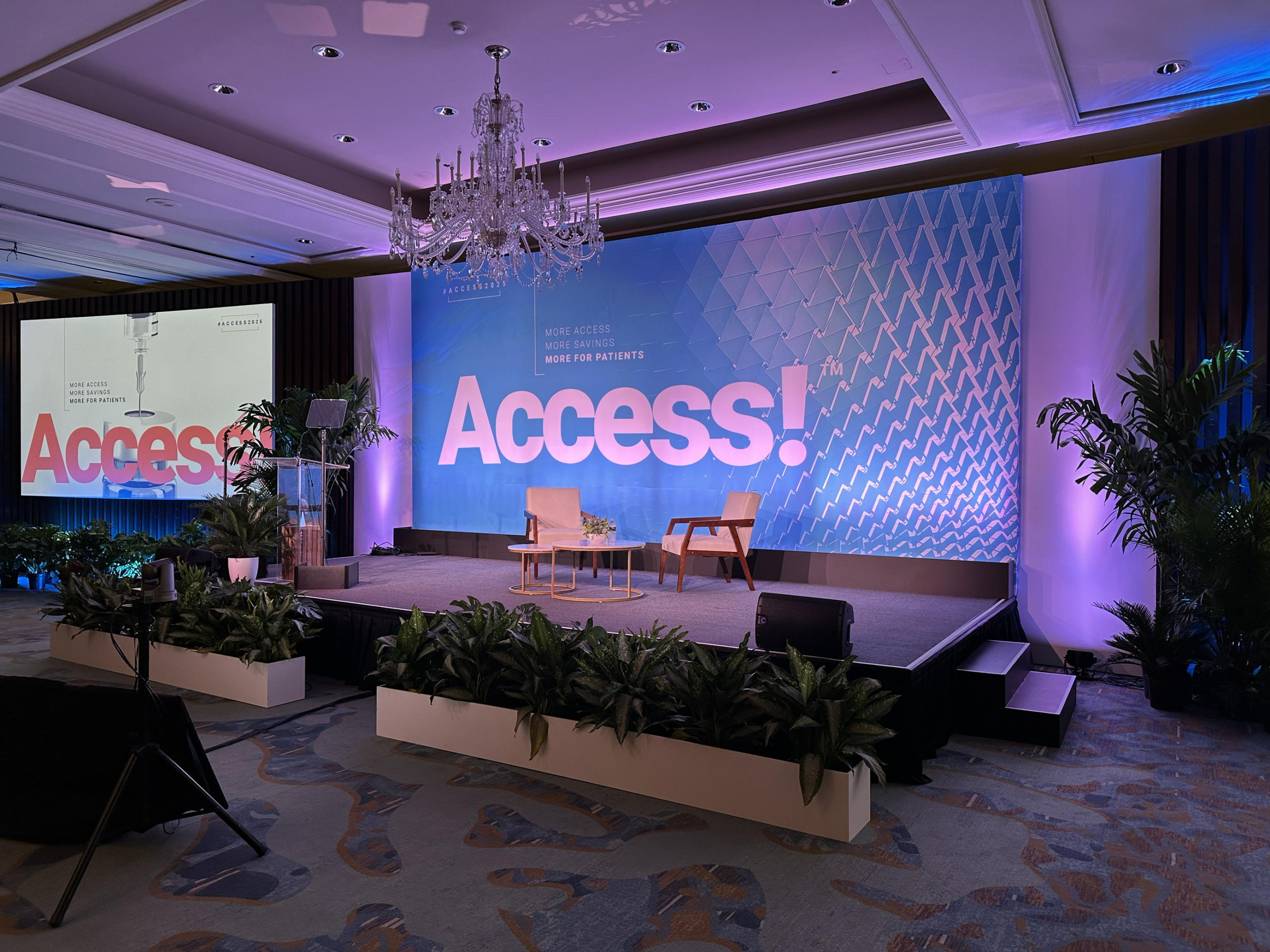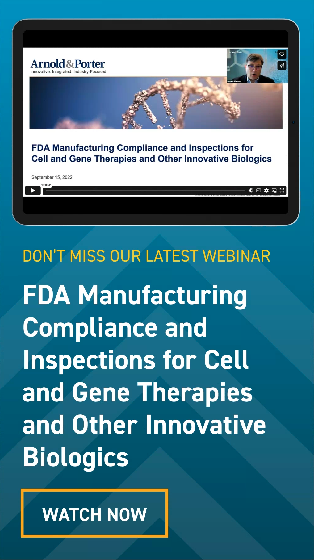There were a lot of great speakers at Access 2025, the Association for Accessible Medicines (AAM) annual meeting held from February 3rd to 5th. Here are a few of some of the most interesting topics that were discussed in fireside-chat formats.
John Murphy III, President and CEO of AAM, posed questions to Alex Azar, former Secretary, U.S. Department of Health and Human Services, in one such fireside chat, absent the fire. One of the most interesting responses had to do with John’s question about the onshoring of U.S. pharmaceuticals and active pharmaceutical ingredients. Mr. Azar noted that because of the vast difference in the cost of labor in foreign countries, like China and India, Americans would need to accept higher prices for the drugs they take if pharmaceutical manufacturing was onshored. He felt that, while there may be some efforts to bring manufacturing of drugs back to the U.S., there isn’t an appetite for large-scale onshoring. There are issues that must be overcome. For instance, even those firms that may be considering onshoring realize that the timeline for onshoring is significant. First, you need to find a site, build the facility, have the facility inspected, then ramp up manufacturing capability, and make necessary filings to the FDA. These efforts would likely take years. So, with no quick fix, the likelihood of wholesale onshoring is not seen as a reasonable alternative in the near term.
While manufacturing of finished dosage forms in the U.S. may increase over time, the APIs needed for the drugs are much more available overseas and at significantly lower costs. Also, there are a number of APIs that may pose environmental issues if made in the U.S. and, with the sheer number of APIs that are needed for a full line of pharmaceutical products, chances are that many APIs will still have to be sourced from overseas.
Tariffs may play into higher costs for pharmaceutical products. Mr. Azar suggested that if the U.S.’s goal is to cut pharmaceutical costs, the administration should be lobbied by industry to have a carve-out for pharmaceutical products. There was a carve-out from tariffs for pharmaceuticals in Trump’s first term, but thus far there is no mention of a carve-out provision with the newly proposed tariffs.
Murray Aitken, Executive Director, IQVIA Institute for Human Data Science, was interviewed by Craig Burton, Senior Vice President of Policy and Strategic Alliances for AAM and Executive Director of the Biosimilars Council, in a session titled The Future of the Biosimilars Market. Asked about the state of the biosimilars market, Mr. Aitken noted that there has been a slowdown in the development of certain biosimilars due to exclusivity issues, orphan drug exclusivity, and patent issues. Some biologic products have low sales and, thus, the investment to challenge patents makes development of these products a difficult financial challenge.
While the uptake of biosimilars is improving for certain products, for others, not so much. There is a need to continue to educate healthcare providers, as well as patients, that the biosimilar products are truly interchangeable. While the FDA espouses that there is no clinically meaningful difference between a biosimilar and its brand-name counterpart, the FDA has yet to finalize its guidance on interchangeability for all biosimilars. Other things that Mr. Aitken says are not working in favor of biosimilars are the pricing programs and innovator rebates that keep biosimilars off formularies. PBMs are partially to blame for uptake of many biosimilars, with one notable exception, and that is for Humira biosimilars. CVS, for instance, moved to include the biosimilar version of Humira on its formularies. However, private-label Humira still impedes the approved biosimilars’ uptake in the marketplace.
That’s it for today. We’ll have more information from the AAM Access meeting for you next week. Enjoy your weekend!




